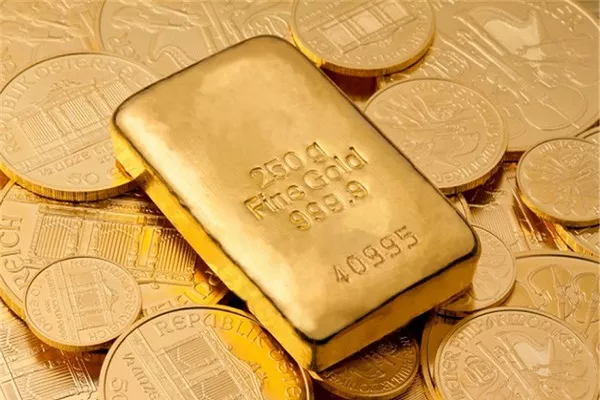Global geopolitical tensions, economic uncertainty, and doubts about the U.S. dollar’s stability are prompting central banks worldwide to boost their gold reserves to unprecedented levels. Recently, gold surpassed the Euro to become the world’s second-largest reserve asset, trailing only the U.S. dollar.
This year alone, gold prices have surged by 30%, doubling over the past two years, fueled by market volatility and increased demand from central banks. According to a recent World Gold Council survey, a record 95% of central bank respondents expect to increase their gold holdings within the next 12 months — the highest percentage since the survey began in 2018. This trend signals positive prospects for gold mining companies like Newmont (NEM), Barrick Mining (B), and Kinross Gold Corp. (KGC).
At the same time, 75% of these banks anticipate reducing their U.S. dollar reserves over the next five years. The survey, which included responses from 70 central banks, also revealed that many intend to store their gold domestically instead of in traditional hubs like New York or London. This shift is driven by geopolitical strains and a growing desire to diversify away from dollar dependency.
The unpredictable U.S. foreign policy under former President Donald Trump has added to central banks’ apprehensions. The trend toward increased gold purchases accelerated after Russia’s invasion of Ukraine in 2022. Currently, gold trades around $3,404.70 per ounce, close to its all-time peak of just over $3,500.
Supporting this trend, the SPDR Gold Shares (GLD) exchange-traded fund (ETF), which holds physical gold and mirrors spot price changes, has gained 10.91% over the past three months, reflecting the growing investor confidence in gold as a safe haven asset.


